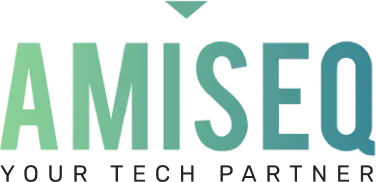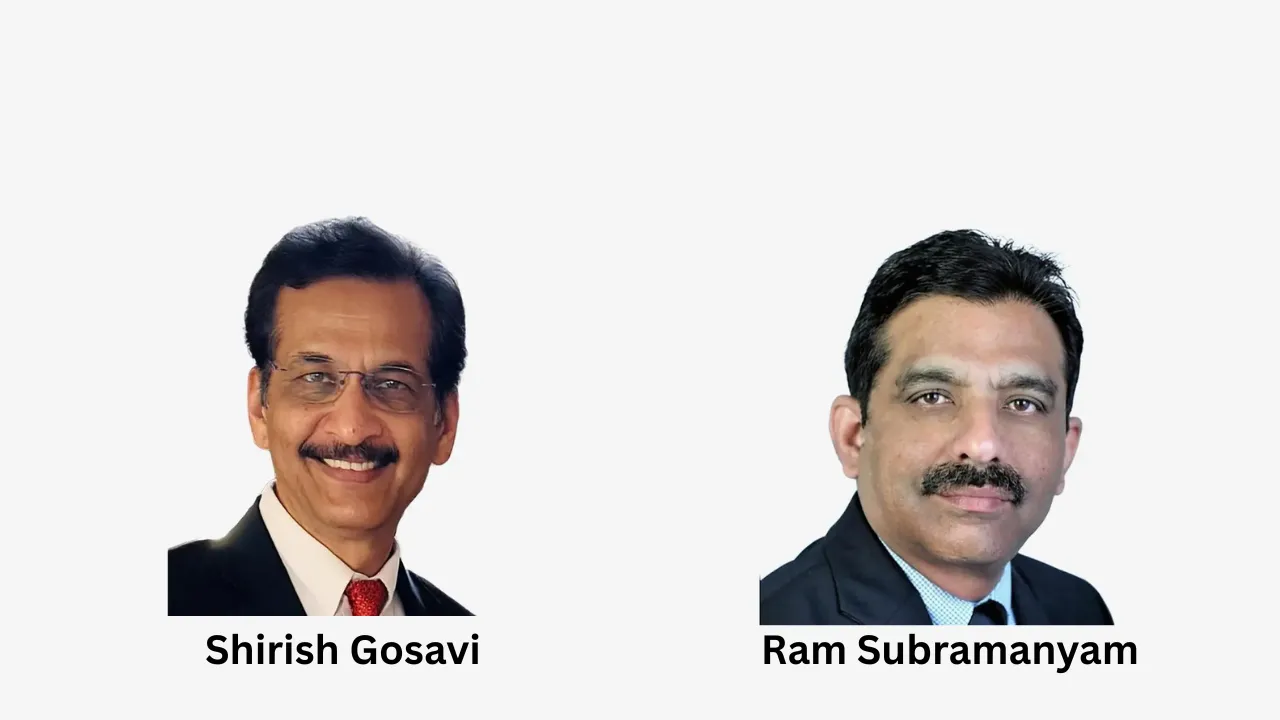Successful automation initiatives require careful strategic planning and superb tactical execution. Strategic success starts with the crafting of an automation roadmap considering automation strategy, automation technologies, automation program governance, automation operating model design, automation people enablement and bot development/support.
Tactical success is grounded on a strong understanding of the applicability of automation in your business, budgeting for the Total Cost of Ownership, computing the business case returns, leveraging applicable automation methodologies and solving specific business problems.
Executive teams and their business and technology leaders recognize the Total Cost of Ownership as a key success factor for their automation program and focus on budgeting for and managing these costs during the automation initiative to maximize returns.
The main components of the Total Cost of Ownership are:
- Development and Deployment Costs
- Licensing Costs
- Add-on Solution Costs
- Maintenance and Support Costs
- Training Costs
- Assessment and Consulting Costs
- Infrastructure Setup Costs
Let’s look at these cost components more closely and identify key insights to consider.
Assessment and Consulting
Assessment and consulting costs are the costs of engaging a suitable RPA third-party service provider or consultant to provide insight to automation strategy, technology selection, operating model design, program governance, people enablement and bot development. Costs also include automation process discovery exercises leading to automation business cases with favorable ROI calculations.
When hiring a third-party service provider or consultant, consider the amount paid for consultants compared with the cost of an in-house automation Center of Excellence (CoE). Here, the factors include the time and effort spent by the in-house automation team and analysts to identify process opportunities, build business cases, calculate ROIs and implement automation solutions. Innovative automated process discovery tools are becoming increasingly available and are enabling in-house automation teams.
Assessment and consulting costs equate to roughly 5% to 6% of the Total Cost of Ownership.
Development and Deployment
Development and deployment costs are those costs associated with developing, configuring, and moving software bots from conception to production. The cost varies based on how development is done. For example, having an in-house development team may cost less than hiring a third-party service provider. Additionally, the in-house development team may be staffed with professional or citizen developers. A citizen developer is an employee who creates application capabilities for their use or the use of others using tools that are endorsed by IT or the business unit. A citizen developer is a persona, not a title or targeted role. All citizen developers are business technologists. However, all business technologists are not necessarily citizen developers. If a development platform comes with user-friendly features, such as an easy drag-and-drop user interface, the in-house team could include business users trained to become citizen developers.
Business and technology leaders need to consider an automation operating model and for an in-house team, position descriptions, staff availability and cost. They also need to understand how easily the software solution can be integrated with existing applications. Does the integration need to be configured, or is the solution ready out of the box? Can bots and the code snippets be reused? These points can make a huge difference in development time and related costs.
Development and deployment costs equate to roughly 42% to 50% of the Total Cost of Ownership.
In conclusion, successful automation initiatives require careful strategic planning and superb tactical execution. Tactical success is grounded on a strong understanding of the applicability of automation in your business, the Total Cost of Ownership, the business case (ROI), automation methodologies and business problems to be solved.
Tackling these cost drivers will move your organization’s automation initiative forward, speed up implementation, reduce automation costs, address technology challenges and improve returns from the average, 24%-29%, to the extraordinary, greater than 110% across three years.
Amiseq’s Intelligent Automation practice can help you make sense of the Total Cost of Ownership. Learn more at www.amiseq.com or register for one of our Making Sense of the Total Cost of Automation webinars on our LinkedIn page. If you find this article insightful, please share, comment or like.
Author: Derek M. D’Onofrio | Director, Client Relations – Amiseq Intelligent Automation


